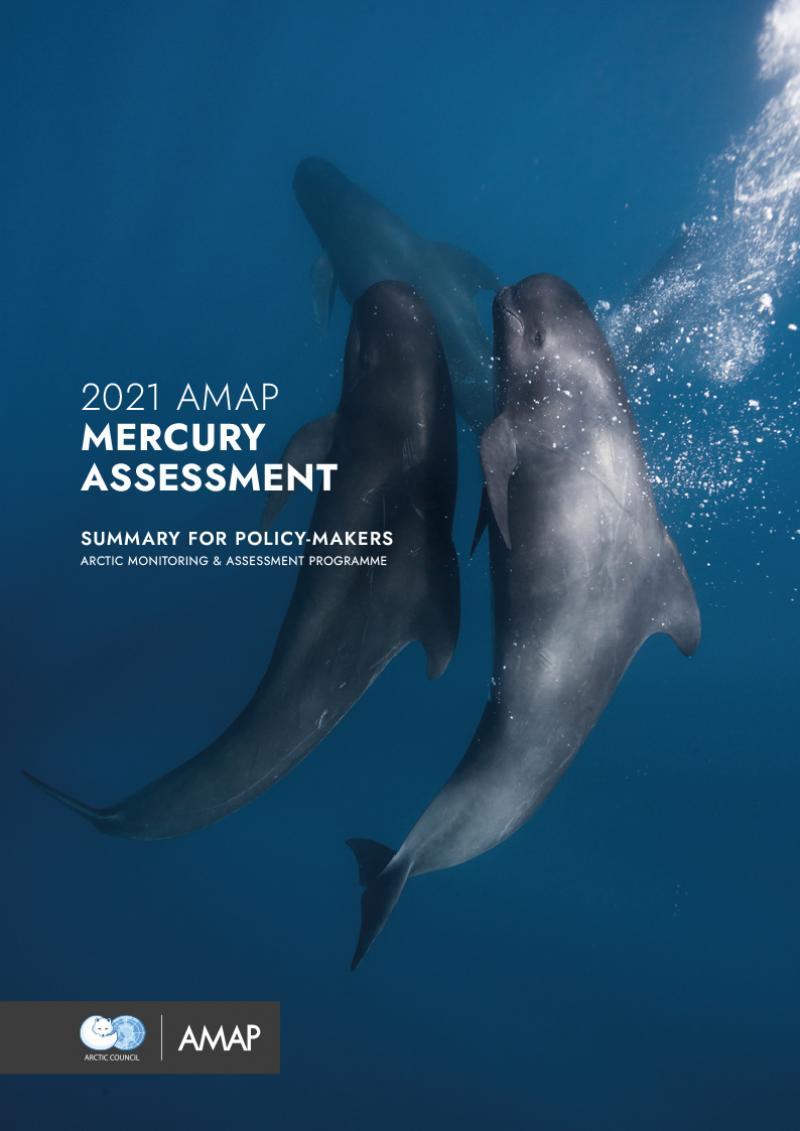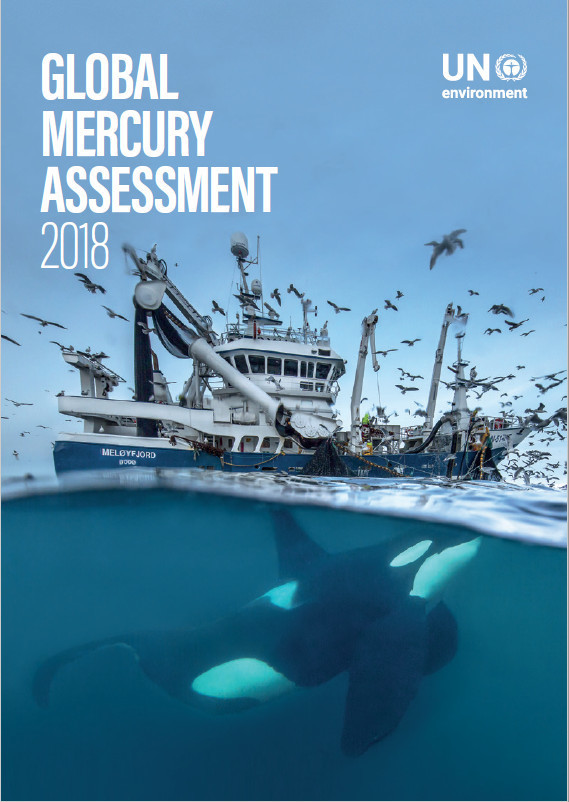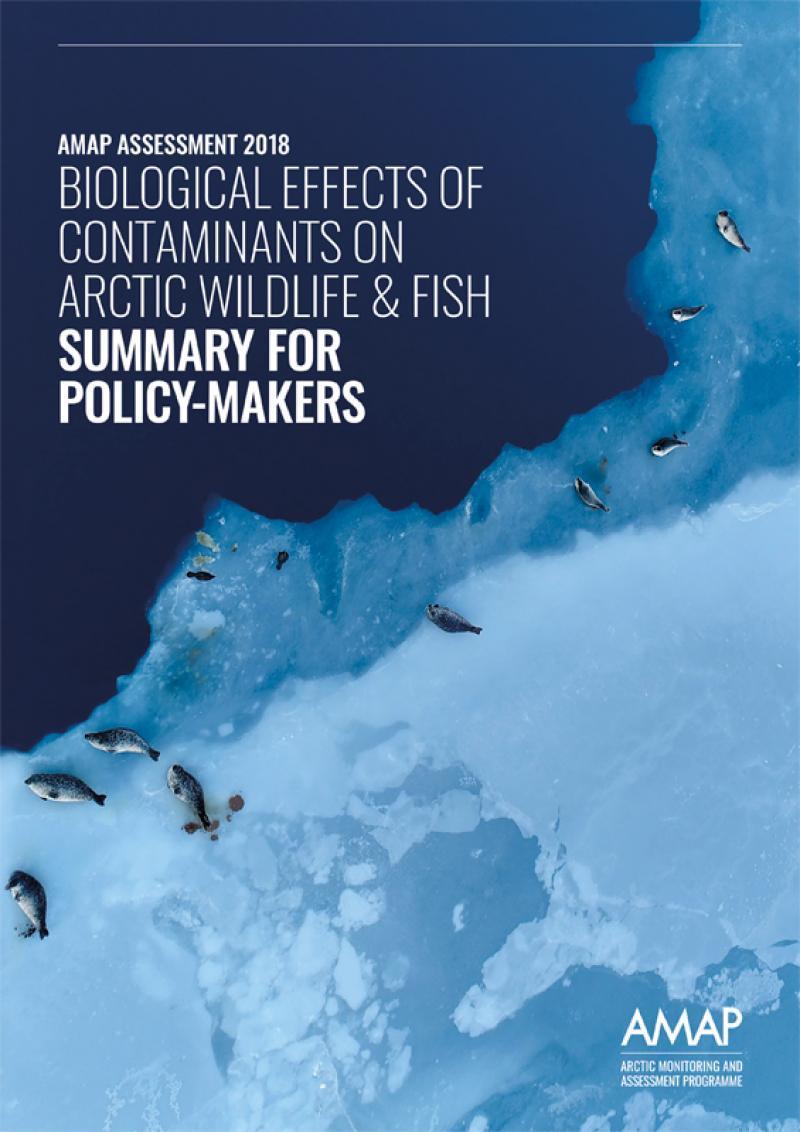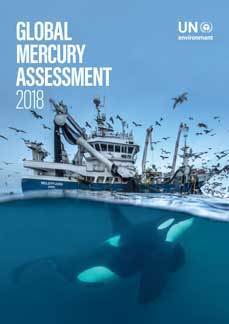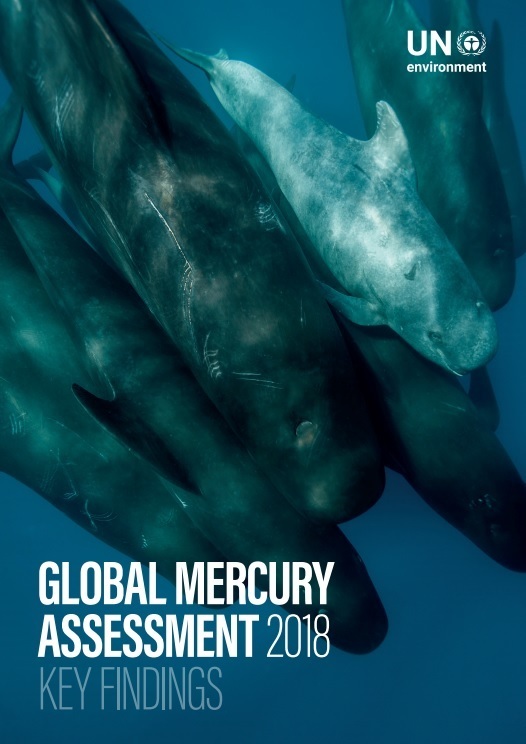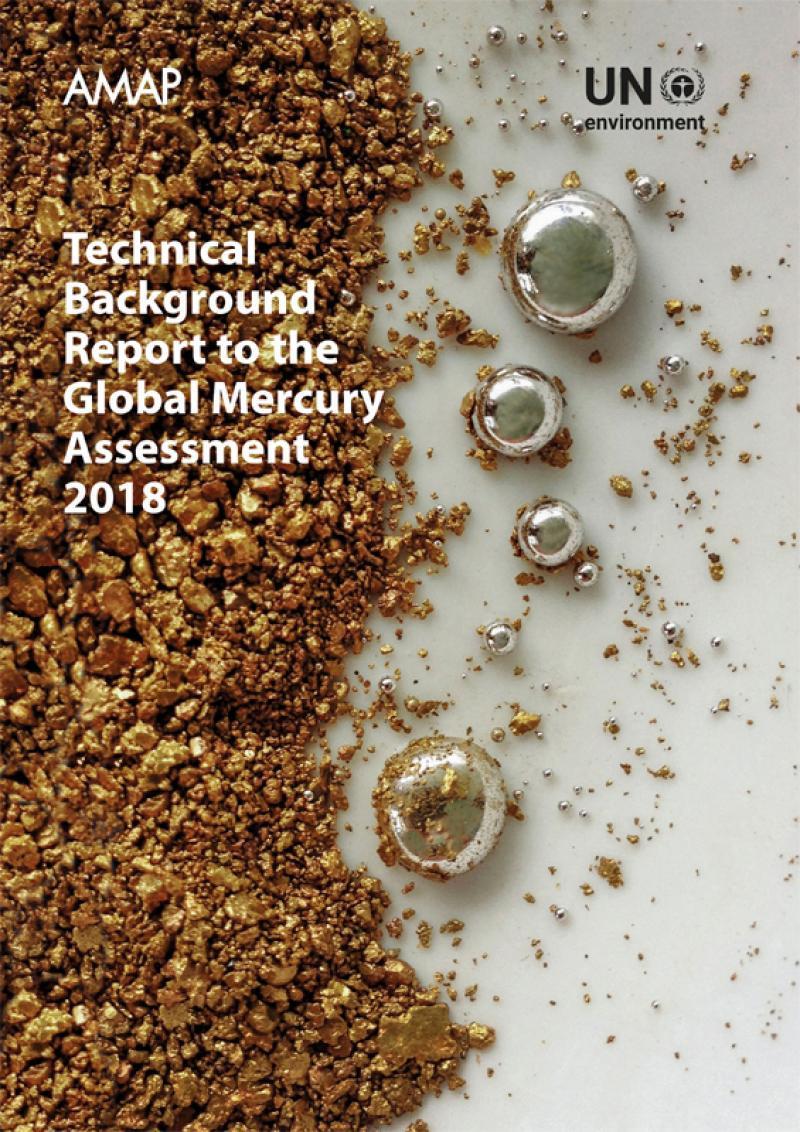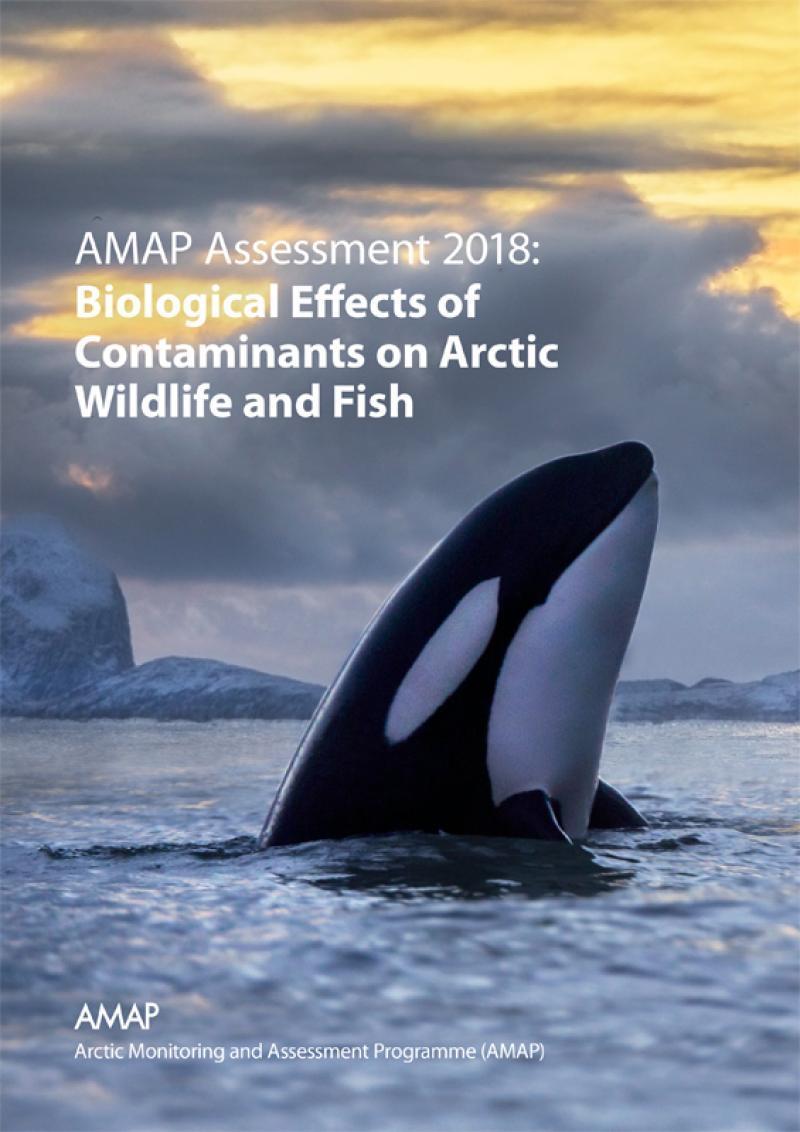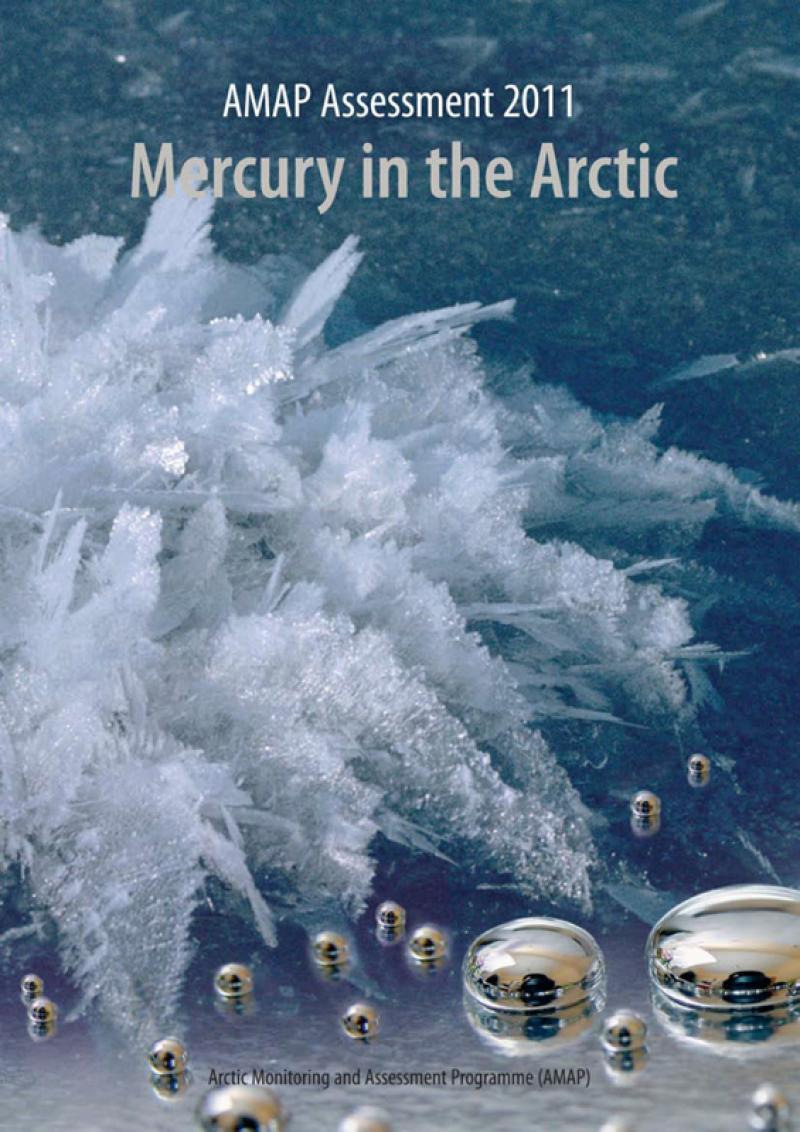Background
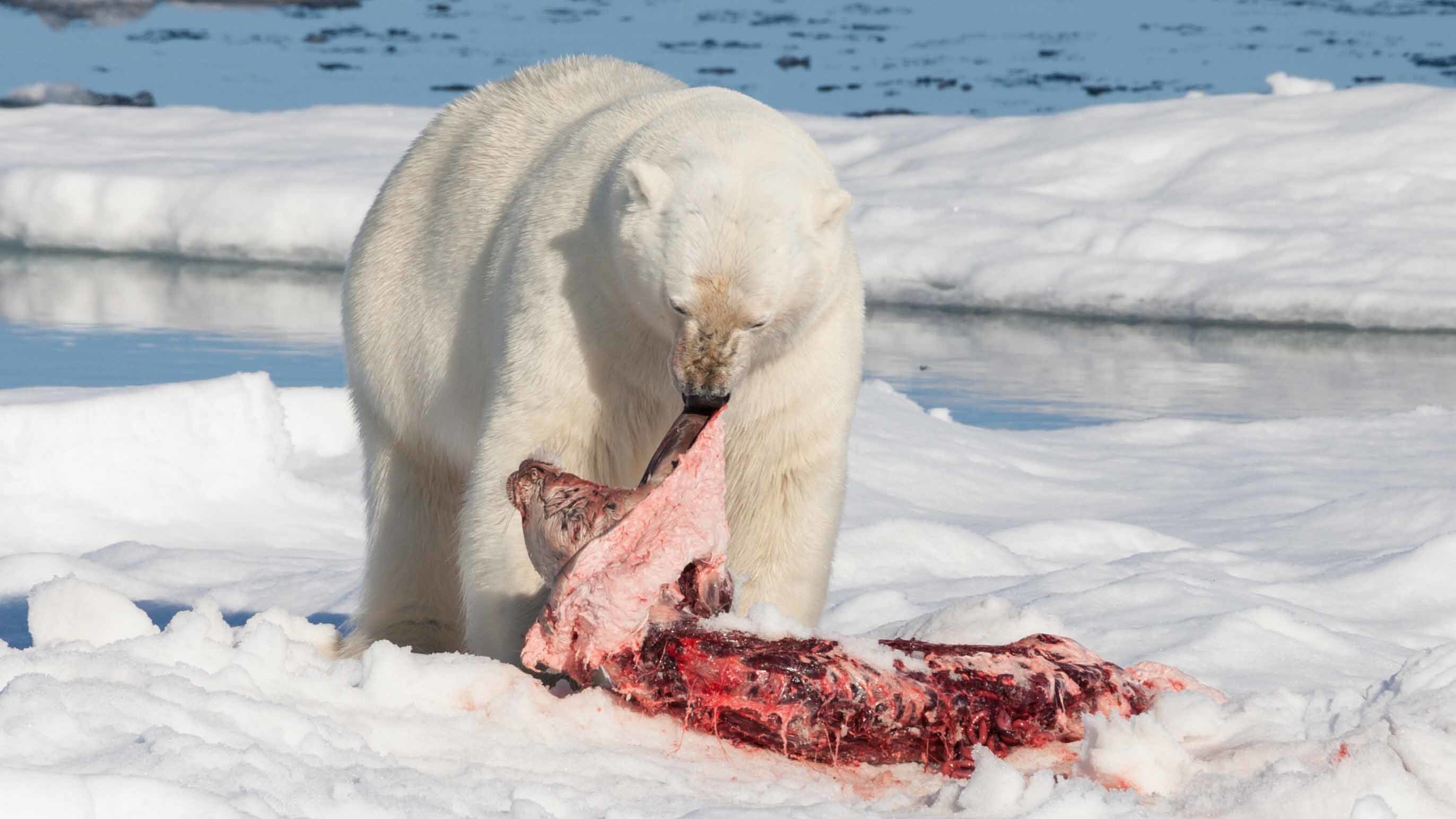
Mercury pollution represents a threat to Arctic wildlife and human populations.
Mercury is a global environmental contaminant with both natural sources and sources associated with human activities; much of the mercury contaminating the Arctic is a result of transport by air and ocean pathways from sources outside of the Arctic.Mercury is bioaccumulated and biomagnified in Arctic food chains. This can result in high levels of mercury in top predators such as polar bears and toothed whales. Humans, especially some indigenous populations that rely on marine mammals as part of their traditional diet, can receive high dietary exposure, raising concerns about possible effects on human health.
Click on the button below for more background information on mercury in the Arctic.
AMAP'S LONG TERM PROGRAMME ON MERCURY
AMAP's contribution to international initiatives on mercury pollution
Concerns about Arctic mercury pollution and the potential health impacts on some indigenous populations have been communicated both to the Arctic Council and to the international community.
Because mercury reaches the Arctic from far distant sources, a specific objective of the work under AMAP has been to support the development of international policy measures to reduce mercury emissions and releases, globally. AMAP’s assessments contributed to the agreement of the Heavy Metals Protocol to the UN Economic Commission for Europe Convention on Long-range Transboundary Air Pollution. AMAP’s 2004 assessment results significantly contributed to the decision by UNEP to establish its ‘mercury process that ultimately resulted in the global Minamata Convention on Mercury that entered into force in 2017.
AMAP’s mercury monitoring and assessment work continue to contribute to the implementation and further development of these international arrangements.
AMAP has collaborated with UNEP/UN Environment to deliver the technical background reports that document the basis for the UN Environment Global Mercury Assessments (GMAs) in 2013 and 2019. As part of this work, AMAP has prepared the 2010 and 2015 global inventories of mercury emissions to air from anthropogenic sources, building on earlier inventory work presented in AMAPs initial heavy metals assessments. Datasets from this work are available by clicking on the tab above "Datasets". Reports can be found below.
The Minamata Convention on Mercury
This global treaty aims to protect human health and the environment from anthropogenic emissions and releases of mercury. It was named after the Japanese city of Minamata, where a devastating incident of mercury contamination took place over several decades. To this day, the Minamata Convention has been signed by 128 countries. Download the Minamata Convention booklet below.
DownloadAMAP's long term programme on mercury
AMAP’s coordinated monitoring of mercury in the Arctic physical and biological environments is based on national monitoring programmes that contribute to AMAP. AMAP has established a mercury expert group that compiles and assesses data and information arising from the AMAP monitoring programme and other relevant research and monitoring activities. Canada and the Kingdom of Denmark are lead countries for the AMAP work on mercury. The current leads of the AMAP mercury expert group can be found on under Contacts, and AMAP maintains a list of members of its expert group who are nominated through an open process and contribute to this work in their capacity as independent experts. All AMAP assessments are subject to an independent peer-review process.
AMAP's mercury assessment work is connected to other ongoing AMAP initiatives including assessment of contaminants and human health impacts and work on climate change interactions with contaminants, and external activities such as the work to develop the Minamata Convention effectiveness evaluation.
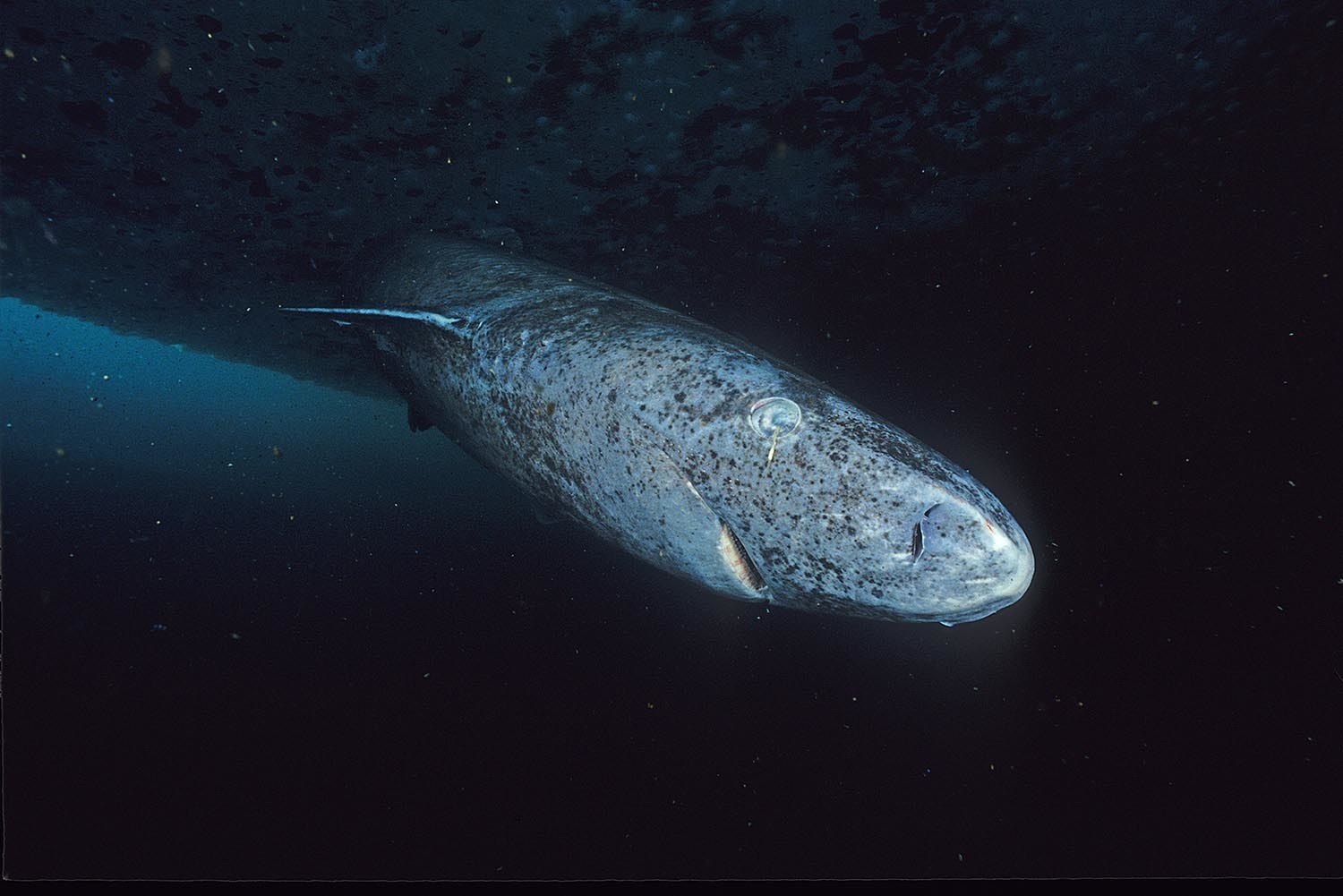
Contaminants, including mercury, can accumulate in the bodies of Greenland Sharks over decades.
AMAP's LATEST ASSESSMENT ON MERCURY
AMAP has produced a series of assessments of mercury in the Arctic, initially as part of its heavy metals assessments (in 1998, 2004), and later focussing on mercury alone (2011). Assessment products include comprehensive scientific assessment reports and a summary for policy-makers. The most recent assessment, published in 2021 updates earlier assessments as well as information presented in a 2018 assessment of contaminant effects on Arctic wildlife and fish, and AMAP assessments of mercury impacts on human health in the Arctic.
The latest AMAP assessment on mercury addresses the following questions:
- Are concentrations of mercury changing significantly in Arctic air and snow, and biota over time?
- Where does mercury in the Arctic Environment come from and how does it get there?
- What processes can affect mercury fate and biological uptake?
- How does climate change influence mercury in the Arctic Environment and in biota?
- What is the impact of mercury contamination on human health in the Arctic?
- What are the likely changes in mercury concentration in the Arctic atmosphere and ocean under future emissions scenarios?
CONTACTS
To get in touch with the responsible AMAP secretariate member, Dr. Simon Wilson, click here.
To contact the main contacts of AMAP's Mercury Expert Group, please click on the button below.

